ABN AMRO serves retail, private and corporate banking clients with a primary focus on the Netherlands and with selective operations internationally. In the Netherlands, clients are offered a comprehensive and full range of products and services through omni-channel distribution including advanced mobile application and internet banking. Internationally, we are active in areas in which we have substantial expertise.
On 1 July 2010 the legal merger between ABN AMRO Bank N.V. (ABN AMRO Bank) and Fortis Bank (Nederland) N.V. (Fortis Bank Nederland) was completed, creating a combined entity called ABN AMRO Bank N.V. Click on our History timeline to see where we have come from or read about our predecessors.
ABN AMRO
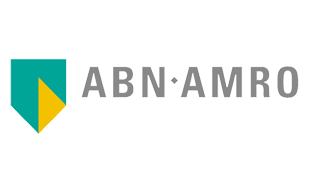
Rob Hazelhoff (ABN) and Roelof Nelissen (Amro) signed the ABN AMRO merger contract on 21 September 1991, creating the then largest bank in the Netherlands, the sixth largest in Europe and the sixteenth in the world. The new bank remained the main sponsor of the Rotterdam World Tennis Tournament, continuing the tradition ABN had started in 1973. Architect Henry Cobb, known for the pyramid he designed for the Louvre, designed the head office at Gustav Mahlerlaan in Amsterdam, where ABN AMRO has been established since 1999.
Algemene Bank Nederland (ABN)
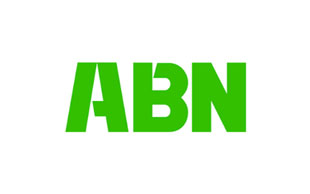
The head office of ABN (at the time Nederlandsche Handel-Maatschappij) was formerly located at the current premises of the Amsterdam City Archives. Designed by Karel de Bazel and Dolf van Gendt, the building opened its doors in 1926. ABN significantly expanded its US operations with the acquisition of LaSalle National Bank. ABN acquired LaSalle under the leadership of André Batenburg, Chairman of the Managing Board from 1974 to 1985. Mr Batenburg was known as a stylish banker with an interest in culture.
Amsterdam-Rotterdam Bank

A key figure in the history of Amro Bank is Jan van den Brink. He played an important part in rebuilding the Netherlands after 1945 as the Minister of Economic Affairs. In 1952, he made the switch to banking and from 1952 to 1978 he was on the Board of Amsterdamsche Bank and Amro. Amro Bank relocated from the city centre to its new head office in southeast Amsterdam in 1987. With the upcoming expected European integration, the bank decided that year to team up with Belgium’s Generale Bank, although the two never merged.
Amsterdamsche Bank
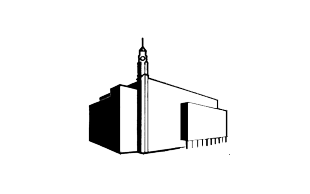
The head office of Amsterdamsche Bank was built from 1926-1932 under supervision of Hendrik Berlage. Frits van Nierop was director of this bank for fifty years, from 1871 until 1920. Amsterdamsche Bank acquired Incasso-Bank in 1948, vastly expanding its network in the Netherlands.
Fortis Bank Nederland
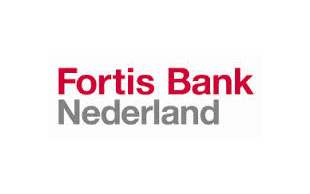
Fortis was created in December 1990, when Hans Bartelds (AMEV/VSB 1990) and Maurice Lippens (Belgian insurer AG) signed a merger agreement. From 1995, the bank’s head office was located on Archimedeslaan in Utrecht, in a building designed by Van Mourik Vermeulen Architects. A year later Generale Bank Nederland, another predecessor of Fortis Bank Nederland, started sponsoring the Rotterdam Marathon.
Hope & Co

In 1762, Henry Hope, also known for his great art collection, became partner at Hope & Co. In later years the office was located at Keizersgracht 579-581 in Amsterdam. As everyone knew that the bank resided at this address, a sign with the name of the company was considered unnecessary. In 1803 Hope & Co., with Barings & Co., funded a loan to the United States which was used to purchase Louisiana from France under Napoleon.
Nederlandsche Handel-Maatschappij
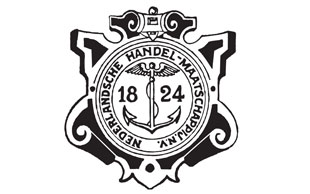
For a long time the trading and plantation business in the Dutch East Indies was more important to Nederlandsche Handel-Maatschappij than its Dutch activities. From 1880 the East Indies branches turned to banking, followed around 1900 by its Dutch branches. As a historic curiosity, the Shanghai agency issued its own dollar bills from 1909 to 1946. After nationalization of its plantation business in 1958, NHM became a full-fledged bank.
Nederlandse Overzee Bank
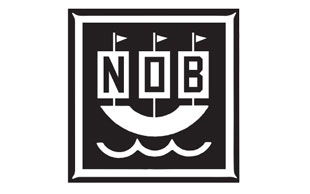
Nederlandse Overzee Bank was established in 1954 by a merger between the Netherlands Bank of South Africa and the Amsterdam Commodities Bank (Amsterdamsche Goederenbank), both of which were established in 1888. The flag in the logo underscored the connection between the activities of these banks and the overseas trade in the time of the Dutch Republic.
Pierson Heldring Pierson
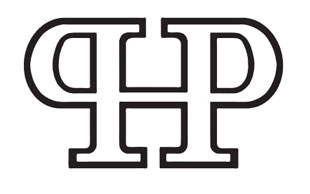
Besides a banker, Jan Lodewijk Pierson was also an author and the founder of the Allard Pierson archaeological museum in Amsterdam, named after his father. The building at Rokin 55, close to the museum, was home to Pierson, Heldring & Pierson from 1989 and, later, the MeesPierson and Fortis offices. Pierson & Co. (Boissevain & Co. before 1917) was a dealer in bonds and shares of US railwaycompanies. As a sign of appreciation, a station on the Canadian Pacific Railway was named after Pierson.
R. Mees & Zoonen
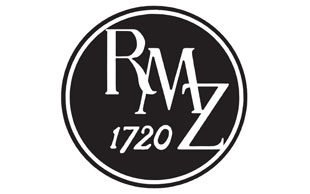
Marten Mees was a member of the firm R. Mees & Zoonen from 1859 to 1909 and was of paramount importance to this family business. The bank merged with Hope & Co. in 1966, and Nederlandsche Overzee Bank joined three years later. The new Bank Mees & Hope moved to Coolsingel 93 in Rotterdam in 1971.
Rotterdamsche Bank
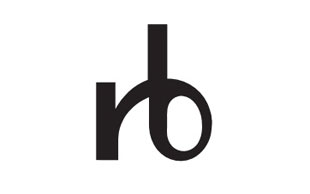
The head office of Rotterdamsche Bankvereeniging, later Rotterdamsche Bank, was housed at Coolsingel 119 in Rotterdam. William Westerman, CEO until 1924, was at the helm during the bank’s many acquisitions and played a key role in the banking concentration in the Netherlands. In response to the growing number of female clients, Rotterdam Bankvereeniging founded the Vrouwenbank (‘Women’s Bank’) in Amsterdam in 1928. This closed its doors in 1971.
Slavenburgs Bank
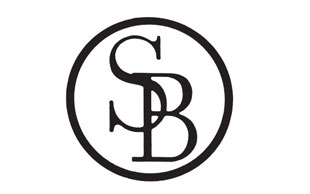
Slavenburgs Bank was founded in 1925 en was renamed Credit Lyonnais Bank Nederland (CLBN) in 1983. That year, NCB Bank launched the innovative Direktbank. With this forerunner of online banking, consumers conducted their banking business by telephone. CLBN also took over NCB Bank in 1987 and, five years later, began construction of the head office in Rotterdam, designed by architect Helmut Jahn. Princess Margriet opened the building in 1996 as the head office of Generale Bank Nederland, which CLBN had acquired the previous year.
Twentsche Bank
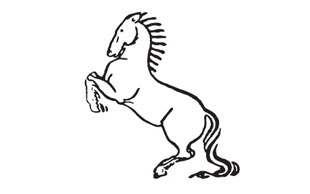
Willem Blijdenstein was the driving force behind Twentsche Bank, which had its head office at Spuistraat in Amsterdam and originally conducted banking business for the textile industry in the Dutch province of Twente. Twentsche Bank was unique in its innovative banking products, such as the Personal Loan in 1958.
Verenigde Spaarbank
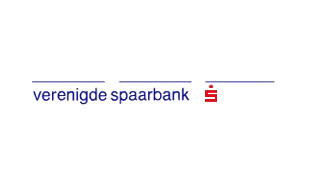
In 1784, the Baptist minister Jan Nieuwenhuyzen established the Maatschappij tot Nut van ‘t Algemeen in Edam. The purpose of this association was to develop individuals and society, primarily through education. Local chapters of ‘t Nut founded the first non-profit savings banks in the Netherlands in 1817. Years later, in 1983, these united to become VSB.



















